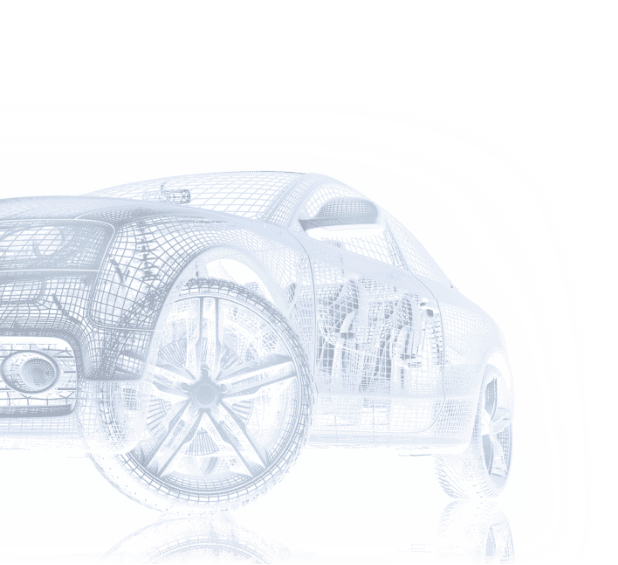Data is more than a buzzword, it is the lifeblood of modern business and the automotive industry is no different. Software-Defined Vehicles produce extensive data not only for continued improvement of vehicle testing and design optimization, but also opening the door for new data-driven business models:
Today, vehicle software is distributed over 100+ ECUs using monolithic blocks of code which cannot support such functionalities. It is developed in a deeply embedded process where software is designed to perform specific, dedicated functions on particular cost-optimized micro-controllers within a larger system.
To support a fully-functioning SDV, software development must shift to the newer practices that have become commonplace in the IT world: creating applications that run on general-purpose computing systems.
The adoption of IT style development will lead to:
Faster deployment
Streamlined testing
Reduced time to market
Reduced testing costs
Choosing the best hardware vendor
The new software design will require OTA updates, which will offer the OEM the opportunity to reduce or even eliminate new vehicle recalls, ultimately leading to cost savings.
This innovative approach to automotive software development enables remote fixes and upgrades through the cloud, opening up new possibilities for drivers and additional revenue streams for OEMs.
Right now, most cars are built around microcontrollers or are still heavily reliant on microcontrollers for many of the hardware components. They’re good for specific tasks but lack flexibility. The SDV requires a microprocessor-centric design which allows parts of the system to be updated without affecting the whole. This makes it much easier to add new features over time. Now instead of a 3-5 year manufacturing timeline, vehicles can align with silicon frameworks of 18 months.
From a financial perspective, one microprocessor can do the job of multiple microcontrollers but with more flexibility. So with SDVs we can replace the 100+ microcontrollers with a much smaller number of microprocessors. While microprocessors are more expensive per unit, the huge difference in the quantity needed more than makes up for it.
The flexibility offered by microprocessors is vital for vehicles to provide for the trends of data analytics, cybersecurity, and personalized user experiences.
However, this potential will only be achievable if a centralized Zonal E/E Architecture with fully decoupled hardware and software is adopted.
SDVs require the seamless management of mixed-criticality systems (often running on the same hardware), and the ability to easily shift resources between software services in multiple domains or applications. For this to happen, the traditional silos need to be broken down and a domain-agnostic solution must be implemented.
As all software is now running on shared resources, it is imperative that the “least privileges” concept is maintained. OEMs must also comply with UNECE R155 making security-by-design an essential part of any automotive design.
